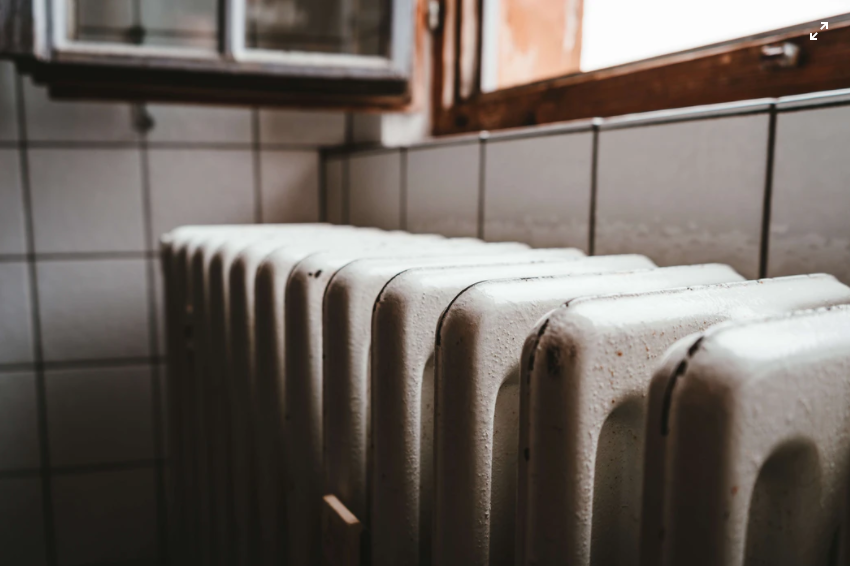A Quick Guide To Heating Elements

Heating elements are an extremely important part of most radiators!

Photos By: Unsplash
From towel rail radiators, standard radiators, and designer radiators almost every radiator requires a heating element in order for it to function. We will break down what heating elements are, why you need them, and what you should not consider in regard to heating elements.
What are Heating Elements?
Heating elements convert electrical energy into heat. Although you cannot always see them, they are always there, working away, assisting with keeping your home or workplace warm. Heating elements aren’t only found in radiators, you will also find them in many household items, such as hair dryers, kettles, toasters, and electric stoves. Radiator heating elements are similar in appearance to metal rods, inserted into the side or bottom of a radiator inlet.
By using a heating element in your radiator, you are able to turn your radiator into a dual fuel or electric radiator. The difference between these is that a dual fuel radiator operates with your central heating system, and separately from it, whereas an electric radiator works purely independently.

What Radiators Work with a Heating Element?
Electric heating elements can be used within most standard radiators. The only thing you should bear in mind when choosing a heating element for your radiator is that you choose the correct Wattage. This will ensure enough heat is provided for the space your radiator is situated within.
What are Heating Elements Made From?
This may depend on the function they are performing. Heating elements are made from many different materials, but often made from stainless steel combined with ABS. Many may also feature a stylish exterior traits, such as a chrome finish to accompany other chrome bathroom fittings.
It should be noted that not all radiators require a metal heating element. For example, high resistance PTC heating elements, refractory ceramics, thick film heaters, polymer PTC rubber and composite materials or sheathed elements along with many more non-metal options.
What Types of Heating Element are There?
There two main types of heating element are simple electric heating elements and thermostatic electric heating elements.
Simple electric heating elements simply heat up the radiator as and when you require. They range from 500W to 1200W outputs. In contrast, thermostatic electric heating elements offer more functionality than manual valves. This means that thermostatic heating elements offer more sophisticated heating mechanisms than simple heating elements.

What Size Heating Element is Right for Me?
Calculating what the heat requirements of your electric heating element should be is far easier than you might think. This can be done with the use of a BTU heat loss calculator, similar to the way that you would when looking for a central heating radiator. The vital metric you need to consider here is the Wattage. This will reveal how powerful your element needs to be in order to heat up your room successfully.
If you install multiple radiators into your room but take this into account. As long as all the elements add up to your total Wattage requirements, then you will easily be able to figure out what type of heating element is right for you.






